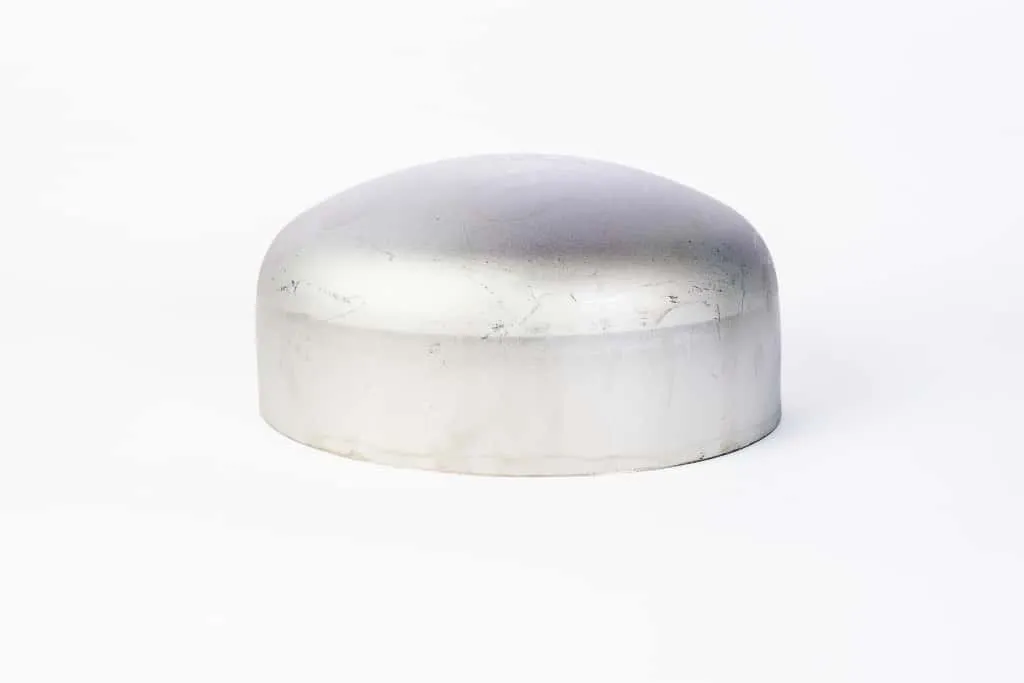-
Cangzhou Yulong Steel Co., Ltd.
-
Phone:
+86 13303177267 -
Email:
admin@ylsteelfittings.com
- English
- Arabic
- Italian
- Spanish
- Portuguese
- German
- kazakh
- Persian
- Greek
- French
- Russian
- Polish
- Thai
- Indonesian
- Vietnamese
- Zulu
- Korean
- Uzbek
- Hindi
- Serbian
- Malay
- Ukrainian
- Gujarati
- Haitian Creole
- hausa
- hawaiian
- Hebrew
- Miao
- Hungarian
- Icelandic
- igbo
- irish
- Japanese
- Javanese
- Kannada
- Khmer
- Rwandese
- Afrikaans
- Albanian
- Amharic
- Armenian
- Azerbaijani
- Basque
- Belarusian
- Bengali
- Bosnian
- Bulgarian
- Catalan
- Cebuano
- China
- China (Taiwan)
- Corsican
- Croatian
- Czech
- Danish
- Esperanto
- Estonian
- Finnish
- Frisian
- Galician
- Georgian
- Kurdish
- Kyrgyz
- Lao
- Latin
- Latvian
- Lithuanian
- Luxembourgish
- Macedonian
- Malgashi
- Malayalam
- Maltese
- Maori
- Marathi
- Mongolian
- Myanmar
- Nepali
- Norwegian
- Norwegian
- Occitan
- Pashto
- Dutch
- Punjabi
- Romanian
- Samoan
- Scottish Gaelic
- Sesotho
- Shona
- Sindhi
- Sinhala
- Slovak
- Slovenian
- Somali
- Sundanese
- Swahili
- Swedish
- Tagalog
- Tajik
- Tamil
- Tatar
- Telugu
- Turkish
- Turkmen
- Urdu
- Uighur
- Welsh
- Bantu
- Yiddish
- Yoruba

Dec . 06, 2024 18:58 Back to list
asme a333
Understanding ASME A333 A Key Standard for Low-Temperature Pipes
The American Society of Mechanical Engineers (ASME) plays an integral role in establishing standards that assure safety, reliability, and performance across a variety of engineering disciplines. One such important standard is ASME A333, which specifically addresses the requirements for seamless and welded steel pipe intended for low-temperature service. The significance of ASME A333 cannot be understated, especially in industries that operate under conditions of low temperature, such as natural gas, petrochemical plants, and cryogenic facilities.
Overview of ASME A333
ASME A333 provides guidelines that govern the material specifications, manufacturing processes, and testing requirements for different grades of steel pipes used in low-temperature applications. The standard is categorized into several grades, notably Grade 1 to Grade 8, with varying chemical compositions and mechanical properties. The most commonly used grades in industries are A333 Grade 6, which is made from a 0.3% carbon content steel, and A333 Grade 8, which is nickel alloyed to provide enhanced toughness at lower temperatures.
The main intent of the A333 standard is to ensure that the materials used can maintain integrity and performance under low-temperature conditions, typically defined as below -20°F (-29°C). Due to the increased brittleness of steel at low temperatures, specific testing is required to evaluate the impact resistance of the pipes, which is crucial for preventing catastrophic failures and ensuring safety.
Testing and Quality Assurance
One of the critical components of ASME A333 is the focus on rigorous testing, which encompasses various methods to validate the material properties of the pipes. Among these, the Charpy V-notch impact test is pivotal. This test measures the toughness of the material and its ability to absorb energy during impact at low temperatures. The results from these tests determine if the steel meets the necessary standards for use in hazardous and extreme conditions.
In addition to impact testing, A333 also outlines requirements for tensile testing, which assesses the strength and ductility of the material. The standard stipulates specific values for yield strength, tensile strength, and elongation which must be met to ensure that the material is suitable for its intended application.
asme a333

Moreover, ASME A333 includes provisions for non-destructive testing (NDT) methods to ensure the structural integrity of the welded joints and the overall pipe. Techniques such as radiographic testing, ultrasonic testing, and magnetic particle testing are commonly employed to detect any potential defects before the pipes are installed.
Importance in Industry
The relevance of ASME A333 extends across various sectors, including gas distribution networks, liquefied natural gas (LNG) facilities, and chemical processing plants. These industries face the challenge of transporting materials at low temperatures, which requires pipes that can withstand such conditions without succumbing to brittle fracture.
Using materials that conform to ASME A333 not only ensures compliance with legislative and safety requirements but also enhances operational efficiency. Infrastructure built with certified pipes can reduce the risk of leaks and failures, ultimately leading to lower maintenance costs and increased reliability.
Future Considerations
With advances in material science and engineering practices, there is ongoing research to improve the performance characteristics of low-temperature steels. The ASME A333 standard will likely continue to evolve in order to incorporate new materials and technologies that enhance safety and performance.
In conclusion, ASME A333 is a cornerstone in the realm of low-temperature piping, providing essential specifications for the design, manufacture, and testing of steel pipes. For engineers and businesses involved in industries operating under low-temperature conditions, adherence to ASME A333 is not just a matter of compliance, but a commitment to safety, reliability, and operational excellence. Understanding and implementing the requirements of ASME A333 is crucial to ensuring that infrastructure remains secure and efficient in the face of extreme environmental conditions.
Latest news
-
ANSI 150P SS304 SO FLANGE
NewsFeb.14,2025
-
ASTM A333GR6 STEEL PIPE
NewsJan.20,2025
-
ANSI B16.5 WELDING NECK FLANGE
NewsJan.15,2026
-
ANSI B16.5 SLIP-ON FLANGE
NewsApr.19,2024
-
SABS 1123 FLANGE
NewsJan.15,2025
-
DIN86044 PLATE FLANGE
NewsApr.19,2024
-
DIN2527 BLIND FLANGE
NewsApr.12,2024
-
JIS B2311 Butt-Welding Fittings LR/SR 45°/90° /180°Seamless/Weld
NewsApr.23,2024











